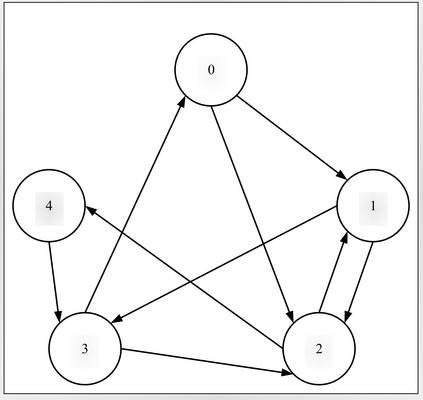Network Function Virtualization (NFV) enables service providers to maximize the business profit via resource-efficient QoS provisioning for customer requested Service Function Chains (SFCs). In recent applications, end-to-end delay is one of the crucial QoS requirement needs to be guaranteed in SFC deployment. While it is considered in the literature, accurate and comprehensive modeling of the delay in the problem of maximizing the service provider's profit has not yet been addressed. In this paper, at first, the problem is formulated as a mixed integer convex programming model. Then, by decomposing the model, a two-level mapping algorithm is developed, that at the first level, maps the functions of the SFCs to virtual network function instances; and in the second level, deploys the instances in the physical network. Simulation results show that the proposed approach achieves a near optimal solution in comparison the performance bound obtained by the optimization model, and also superiors the existing solutions.
翻译:网络功能虚拟化(NFV)使服务供应商能够通过为客户要求的服务功能链(SFCs)提供资源效率高的QOS服务,最大限度地获得商业利润。在最近的应用中,端到端的延迟是SFC部署中需要保证的关键QOS要求之一。虽然文献中考虑到这一点,但关于服务供应商利润最大化问题延迟问题的准确和全面的模型尚未解决。在本文件中,问题最初被表述为混合整数曲线编程模式。然后,通过分解模型,开发了两级的绘图算法,在第一级将SFCs的功能映射到虚拟网络功能中;在第二一级,在实体网络中运用实例。模拟结果表明,拟议的方法在比较优化模型所获得的业绩约束方面,取得了近乎最佳的解决办法,同时也优于现有的解决办法。








